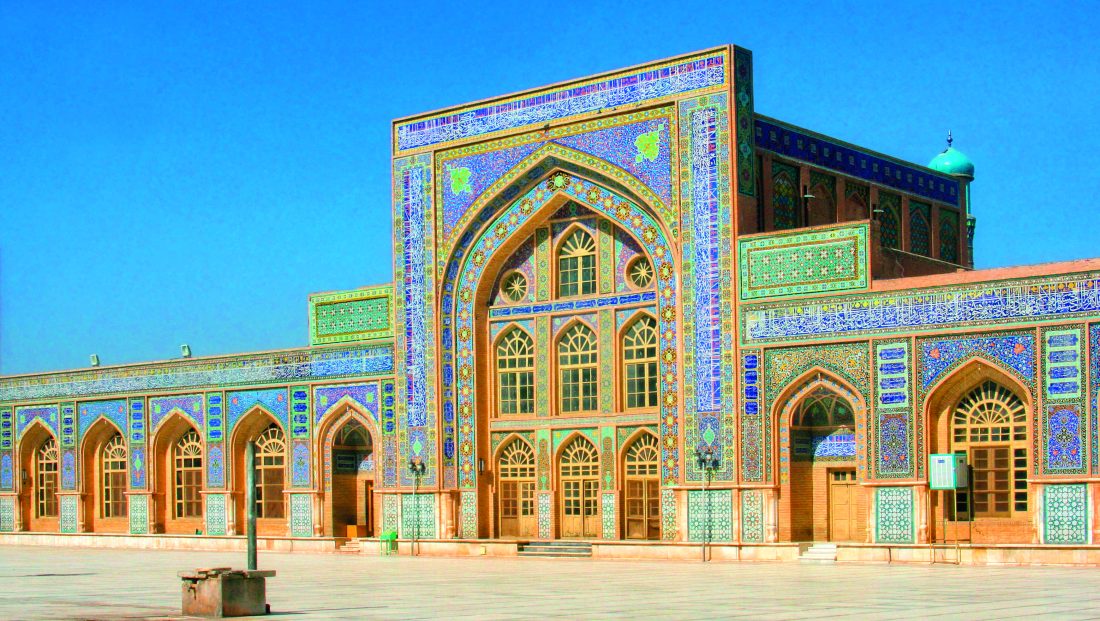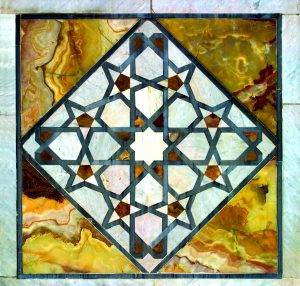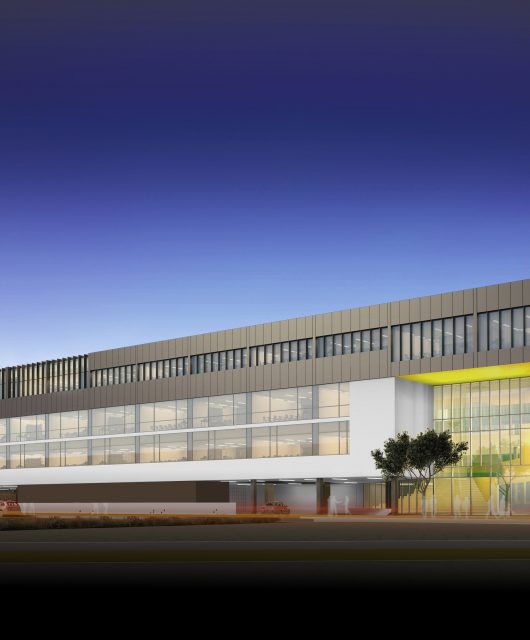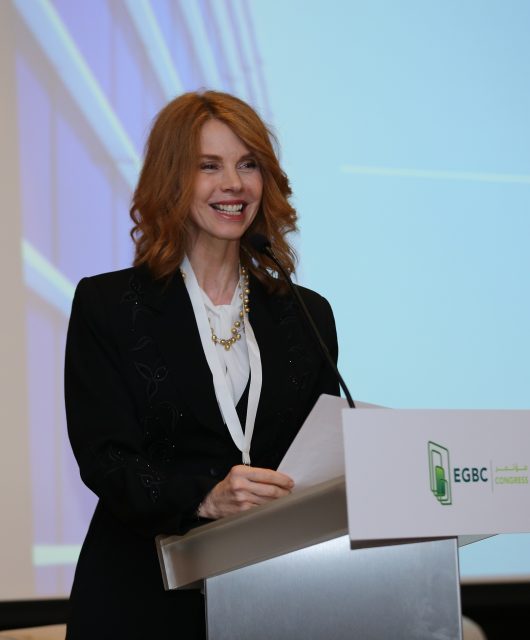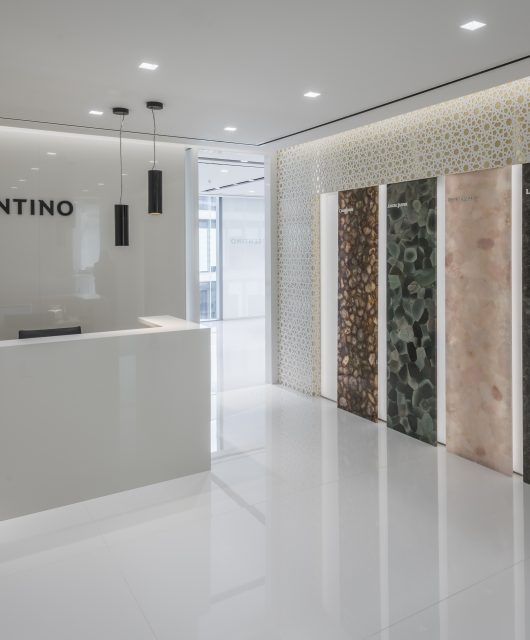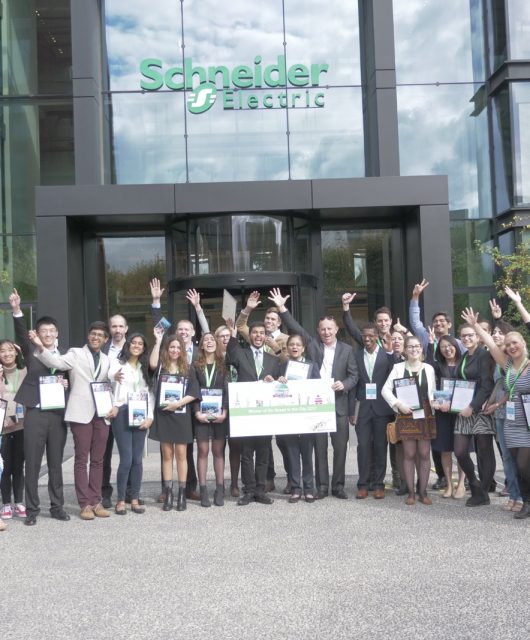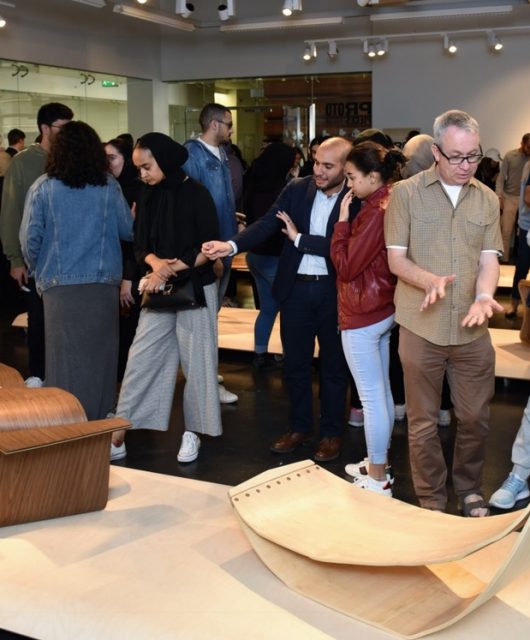Geometric greats
The centre’s windows incorporate patterns from some of the Muslim world’s most beautiful buildings. Despite their varying ages and vastly different locations, each was significant at some point during the ‘golden age’ of Islamic science, strengthening the strikingly modern structure’s links to ancient history…
The Great Mosque of Damascus
Damascus, Syria, AD 709
The Great Mosque of Damascus was built by the Eighth Century Umayyad caliph al-Walid I and was a hugely important and influential monument of Islamic architecture.Damascus, together with Jerusalem and Medina, was considered a centre of Muslim power and sanctity and became the focus of an ambitious building programme – the first time in Islamic history that architecture hadbeen used as a political and religious instrument.
The Great Mosque of Damascus was regarded for centuries as one of the most impressive buildings in the world.
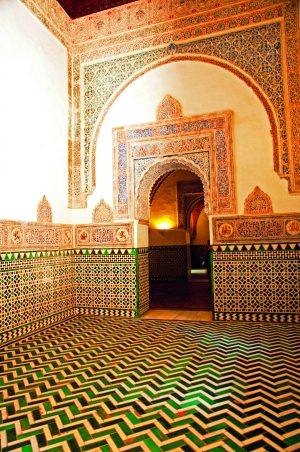
Córdoba, Spain, AD 784
Construction of the mosque, known as LaMezquita in Spanish, began under Emir Abd-elRehman I in AD 784 and lasted more than 200years. The building, which is noted for its many columns and arches, boasts a splendid maqsura (prayer screen) which was commissioned by Caliph al-Hakim in the 10th century and took several years to complete. It emulates the architectural styles of the Umayyads of Syria (AD 661-750) and the early Abbasids of Iraq (AD 750- 2158).
Qarawiyyin Mosque and University
Fes, Morocco, AD 857, AD 1056-1147
Founded in the ninth century by the daughter of a wealthy Tunisian merchant, this is the largest mosque in Africa. Surrounded by a celebrated university, the building took on its distinctive dimensions and ornamentation in the Almoravid period (AD1056-1147), when it was altered and enlarged. In the Middle Ages it was a centre of knowledge and science for the whole Mediterranean region.
The Mosque of al-Salih Tala’i
Cairo, Egypt, AD 1160
The Mosque of al-Salih Tala’i was built by the Fatimid Tala Ibn Ruzzik. The original main entrance to the mosque, removed for preservation, bears geometrically adorned bronze plates (dating from AD 1303) and is thought to be the earliest example of this technique in Islamic Egypt. The mosque also accommodates Cairo’s earliest wind catcher, a chimney-like construction that circulates air though the mosque for ventilation.
The Great Mosque of Herat
Herat, Afghanistan, AD 1200
Herat is dominated by a citadel, originally built under the rule of Alexander the Great in 330 BC, and was renowned for producing fine metalwork and textiles throughout the Islamic period. The Great Mosque of Herat was the city’s first Friday mosque and is decorated with glazed tiles with floral motifs. The present structure was begun by the 12th century Ghurid ruler Ghiyath al-Din Muhammad Ibn Sam.
The Huand (Hunat) Hatun Complex
Kayseri, Turkey, AD 1238
Kayseri has been settled since 3000 BC and became an important centre of Islamic knowledge and education during the Seljuk dynasty, with 62 madrasas and a medical school. The Huand Hatun Complex comprises a mosque, madrasa, mausoleum and hammam. Richly decorated, it was completed in the 13th century.

